meaning of tie-dye fabric
While the scrap of cotton fabric is nearly old and its design has nearly faded when it was discovered in 2007 archaeologists could still see faint traces of the. My How to Tie-Dye Like a Pro guide walks you through all the steps you need to learn how to tie-dye your own beautiful patterns.
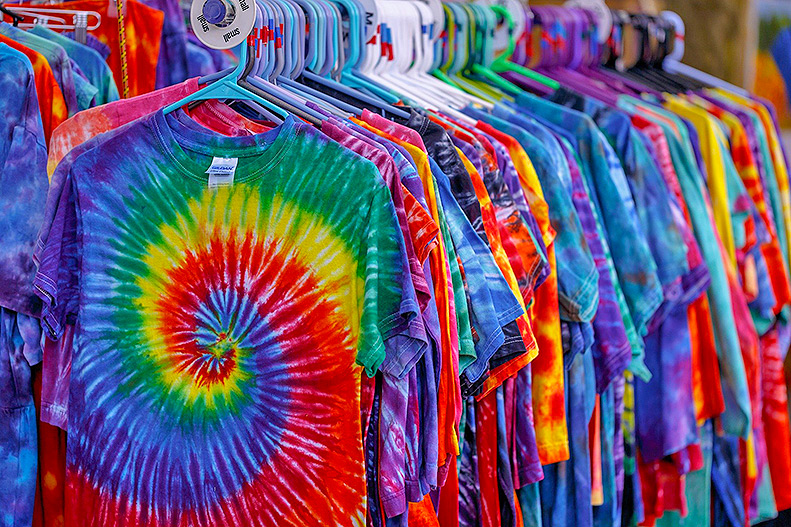
Textiles All You Need To Know About Tie Dyeing
The material is then saturated with dye.
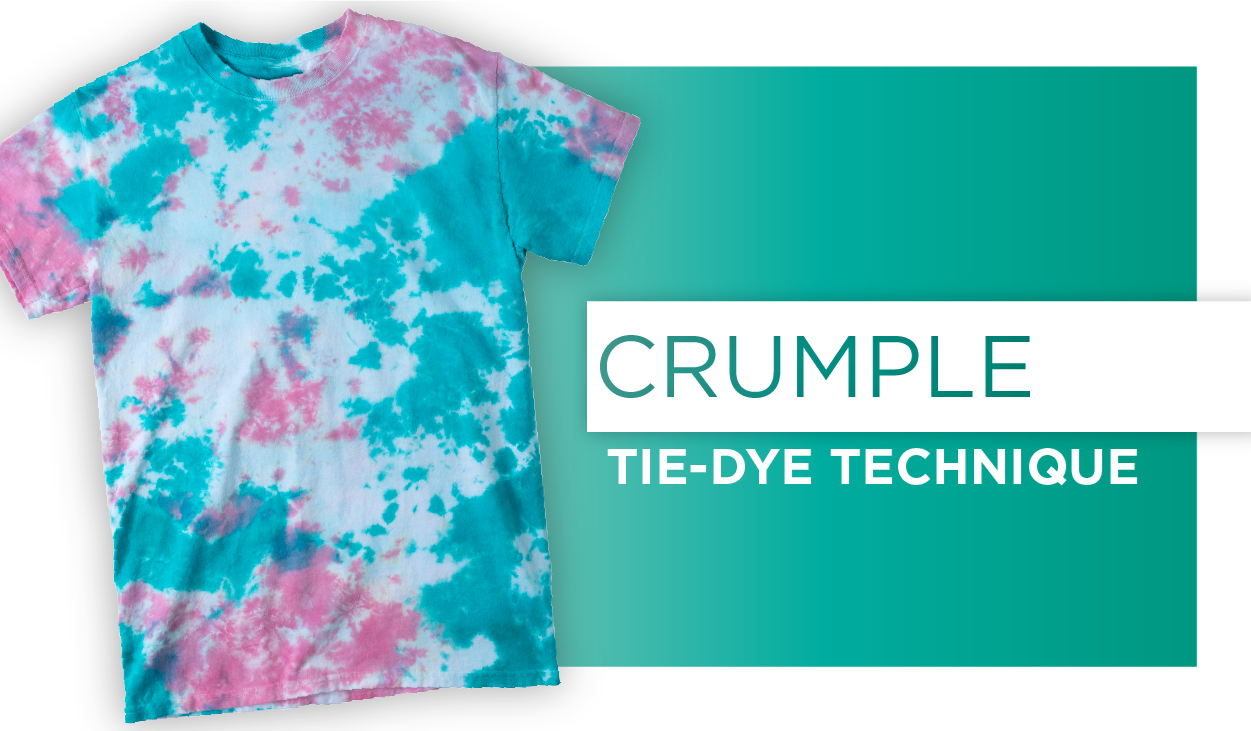
. The earliest known record of tie-dye is in Peru in South America. While a typical skein of yarn is the same color throughout a skein of space dyed yarn is two or more different colors that typically repeat themselves throughout the length of the yarn. 11In this process certain blocks are impervious while other parts of fabrics are allowed to absorb the dye provided ultimately giving the required patterndesign to the cloth.
Tie-dye ing ˈtī-ˌdī-iŋ Definition of tie-dyeing. Derived from the Yoruba words adi to tie and re Adire means tie and dye. Wherever a resistance to the dye was leaves a pattern.
3Adire is a traditional textile craft made and worn by the Yoruba people of Nigeria. A tie-dyed fabric or garment. Tie dyeing is carried by hand to acquire a multicoloured effect on the fabric.
Space dyed yarn is sometimes referred to as dip dyed yarn. 28pattern makersdryers tie and dye experts cloth and brocade sellers merchandisers distributors oloolu local ironers and other related menial jobs. Elsewhere dye is absorbed.
A hand method of producing patterns in textiles by tying portions of the fabric or yarn so that they will not absorb the dye. 9Space dyeing is a technique used to give yarn a unique multi-colored effect. 22An exotic fabric made through a centuries-old process of tie-dye weaving by the Tboli women of Lake Sebu South Cotabato has captured the fancy of Filipinos as well as people around the world.
6been used for centuries. In that context tie-dye encouraged ritual ceremonies like wakes and marriages. Textiles could be dyed in intricate random patterns by plucking the fabric before dying.
Tied to ones mothers apron strings. Dictionary Entries Near tie-dye. 12Tie dye is a technique for dying natural fabrics that results in interesting colorful patterns.
The technique involves crumpling pleating or folding the fabric into various patterns then tying it with string which is what gives it its name. The fabric section is wrappedtied tightly to print the dye effect on particular section which is then kept in dye bath. This textile is rich in beauty and culture as much as it has a rich history.
This post will help you choose the best clothing and fabric for you and prepare it ready to tie-dye. The words describe a method of fabric design that is called tie dyeing. Thus this study attempts to examine the impact of Adire textile as a.
Evidence shows that tie-dye was a practice in the Pre-Columbian era as far as the Late Stone Age from 500 to 810 AD. See More Nearby Entries. Tie-dye itself actually dates back literally thousands of years to ancient India 4000 BC to be precise.
And black and maroon used for mourning. 24Earliest History of Tie-Dye. Tie and Dye is also a resist method of decorating fabric whereby material is tied or sewn in random or specific pattern arrangements sometimes using stitching which is removed after dyeing.
Where the fabric is bound it resists the dye. Typically using bright colors. Tie-dye is a process of tying and dyeing a piece of fabric or cloth which is made from knit or woven fabric usually cotton.
Tie-dyeing is the process of coloring a piece of fabric or more commonly a shirt with purpose-built dyes that are both permanent and beautiful. It is a modern version of traditional dyeing methods used in many cultures throughout the world. American Heritage Dictionary of the English Language Fifth Edition.
However there are many different kinds of Shibori dyeing meaning translating it into our late 20th century sense of tie-dyeing is possibly a bit reductive and diminishing to the history of the tradition. When most people today see a tie-dye shirt they are reminded of the hippie movement of the 1960s and 70s in the United States and it would be easy to assume that the history of tie-dye begins with them. Some people say it started a long time ago and some say that its a really recent phenomenon.
In this process parts of a piece of fabric are pulled into tufts which are bound with string or elastic bands. The original versions were indigo-dyed and decorated with resist patterns. The history of tie-dye is mysterious and not many people know its true origins.
In this post you will learn about the meaning history of the Adire textile and follow its progression through time. So you want to DIY your own tie-dyed clothes bedding or fabric. It therefore symbolized luxury through its random almost.
Tie-dyeing definition a process of hand-dyeing fabric in which sections of the fabric are tightly bound as with thread to resist the dye solution thereby producing a. 3History of Tie And DyeTie and Dye is the process by which a fabric is dyed using a particular resist dying methodIn this method the fabric or the material which has to be dyed is tied in a specific pattern and then binding it in place with rubber bands clamps or stringsThen the dye is applied to the fabric which binds to that portion of the material which is not held by. When talking about the fabric from Africa Adire in the Nigerian Yoruba language means tie and dye.
These examples of tie dye fabric are from the same supplier. Copyright 2016 by Houghton Mifflin Harcourt. The tied fabric is dipped into vats of dye then wrung out and rinsed.
Called tnalak it is made into bags of different sizes attach case wall decors blankets jackets purse clothing cigarette case belts portfolio and others. 16The Free-Flowing History of Tie-Dye. The process of tie-dyeing.
Saffron a colour denoting spirituality or holiness yellow which stands for spring. However modern Adire accommodates an array of dye shades and hues. To dye fabric after tying parts of the fabric so that they will not absorb dye giving the fabric a streaked or mottled look.
While its true that the bright colored shirts commonly seen at at Grateful Dead concerts and festivals like. 24The colours commonly used in the traditional tie-and dye bandhini fabrics are red a symbol of marriage. Indigo-dyed adire fabrics is taught as a means of inspiring Nigerian women Okunaye 2008.
Shibori meaning to wring or squeeze is an old Japanese tradition of tie-dyeing fabric most commonly using indigo dye. View the rest of the articles here. 10Tie and dye involves dyeing specific areas of the fabric by means of tying- the undyed fabric shows up in the base color of the fabric in patterns depending on how you tied after folding or crumpling scrunching twisting the fabric.

What Is Tie Dye Industrial Tie Dye Process Video Textile Apex

History Of Bandhani Or Indian Tie Dye Technique The Adair Group

Tulip Tie Dye Store Learn Tie Dye From The Pros Shop Vibrant Fabric Dye Colors Crumple Tie Dye Technique
What Tie Dye Means Wardrobe Advice
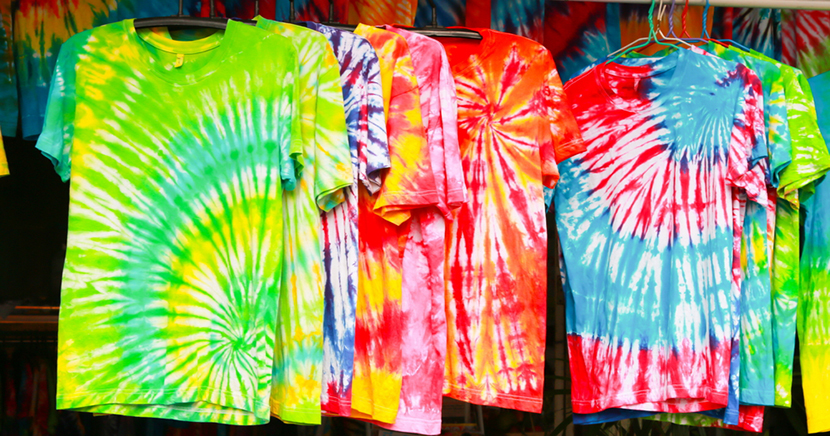
The Entire History Of The Tie Dye Shirt Updated July 2020 The Adair Group
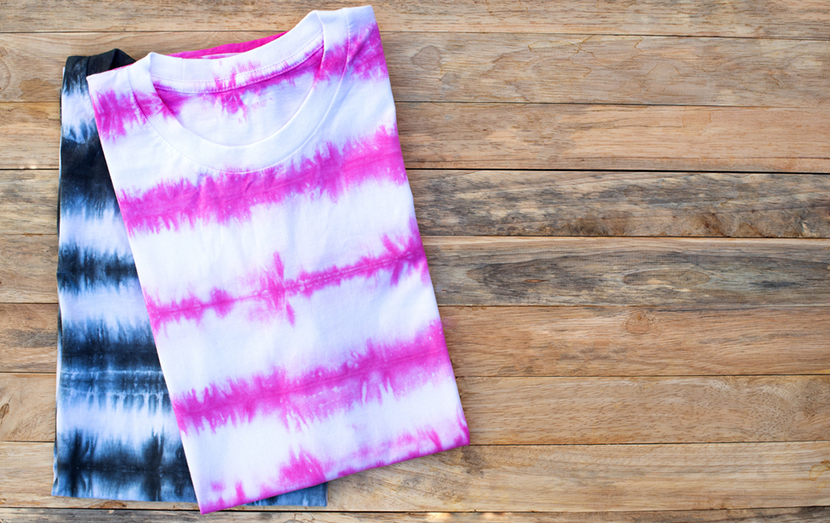
The Entire History Of The Tie Dye Shirt Updated July 2020 The Adair Group


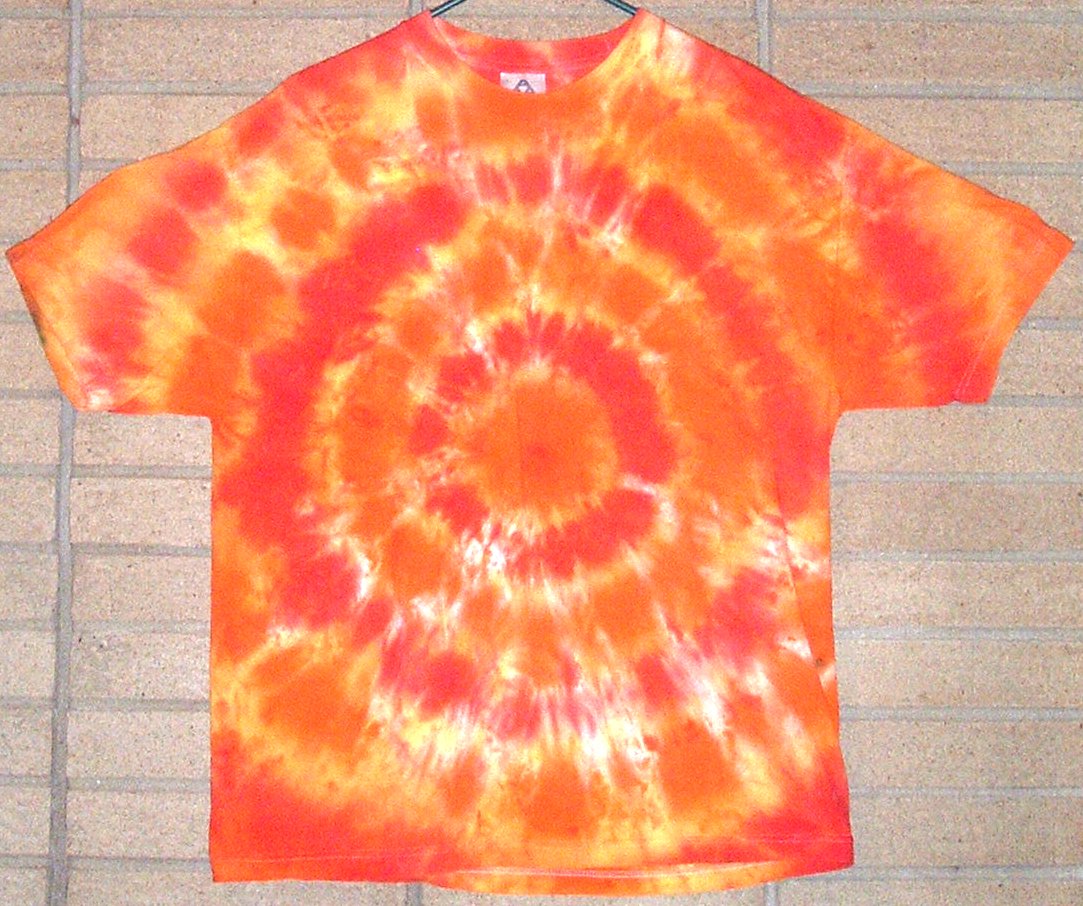

Post a Comment
Post a Comment